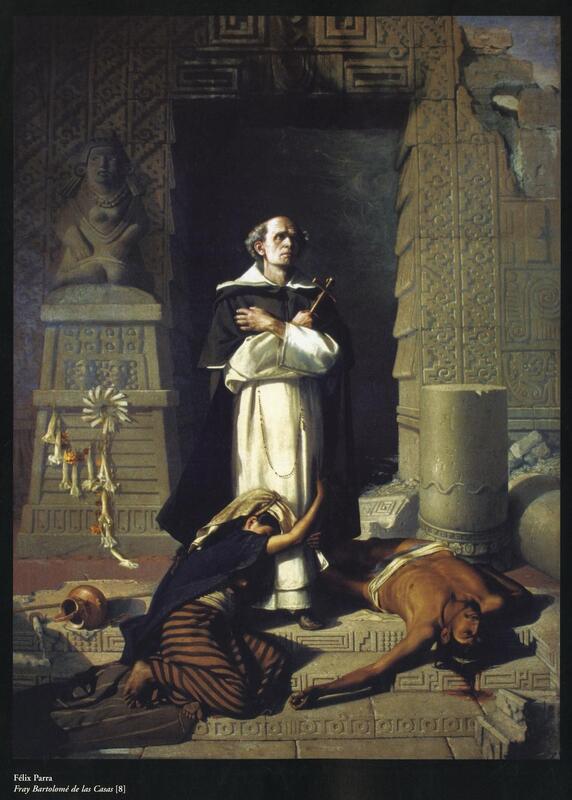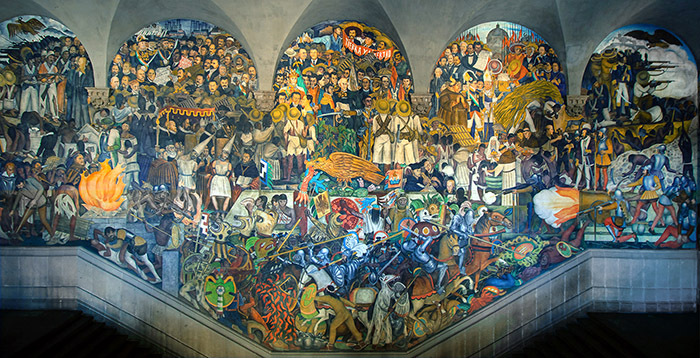Developing a National Identity
The National Mexican Museum shifted over the years in terms of what they displayed and how this was an important attempt to connect with the nation’s past. It is important to think about how other nations would have seen Mexico as the “other” and would have been used to similar items in the context of their own nation’s museum due to how ancient sites were excavated. This was due to the taking of their artifacts and presenting it in a different, and often inaccurate, context. When examining the art of this post-colonial period we can see the impact the European colonizers had over their production of art and methods of display. Genre paintings were considered the most advanced forms of painting, and the way Mexican artists began to evolve within these styles began to create more of a national image. The way their art and museum were crafted portray how they want to be seen and what they believe to be important about their culture. This image by Felix Parra was made in 1875 showing a priest from the colonial period who championed the cause of the indigenous people. He believed in the freedom from the colonial rule of the Spanish because of how brutal they were to the natives. The style of this painting was highly academic and follows neoclassical ideals of European art through the way it is painted and the use of the column, but it also includes a mix of ancient American art style by alluding to ruins through an Aztec like monument. This is an example of how they were influenced by ancient art and through the styles and teaching of the Spanish conquerors. The role of art in Mexico is showing what the culture deems as important, since that is what they wanted to emphasize as part of their national identity. This mural by Diego Rivera was made in 1930 and shows the history of Mexico from the conquest until the year it was made to be displayed in the National Palace in Mexico. It shows how artists were beginning to expand to accept their history and created art that was inspired by what their country had gone through during their fight for freedom. This mural was a large-scale piece intended to be viewed by large groups of people and offers a complete history from the time of the Atecs, to the Spanish Conquest, the Independence of Mexico and more. Rivera includes key figures as different areas of Mexico’s history all encompassed within the mural, as well as symbols of Mexico including the eagle in the center. There has become more focus on the individual artist and how their style was impacted, as well as how it has continued to develop.

